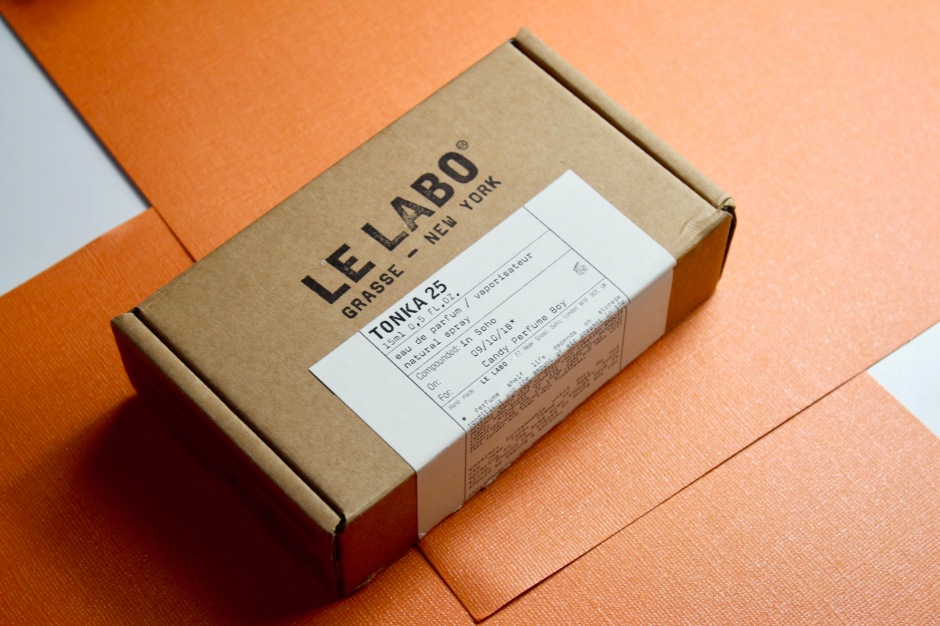
Aesthetically, Le Labo is one of the coolest brands out there. Everything they do looks hip, from the typewriter font of their labels to the industrially crushed cans that hold their candles. But Le Labo isn’t a case of style over substance – they actually have style and substance in spades, and many of their fragrances have something interesting to say. The coolness of of Le Labo has made them a brand with a cult following so it’s no surprise that their first fragrance in almost three years (refreshing when every other niche brand is launching multiple fragrances a year, let’s be real) is causing quite the stir…
That new fragrance is called Tonka 25 and it is composed by none other than Daphné Bugey, the perfumer behind the likes of AURA by MUGLER and L’Artisan Parfumeur’s La Botanique collection. Le Labo describes Tonka 25 as “an addictive, dark fragrance” that “evokes the smell of warm skin and resinous wood”. This is a fragrance of contrast – one that celebrates the sensual nature of exotic woods and pairs it with a gourmand twist to highlight exciting new facets.





